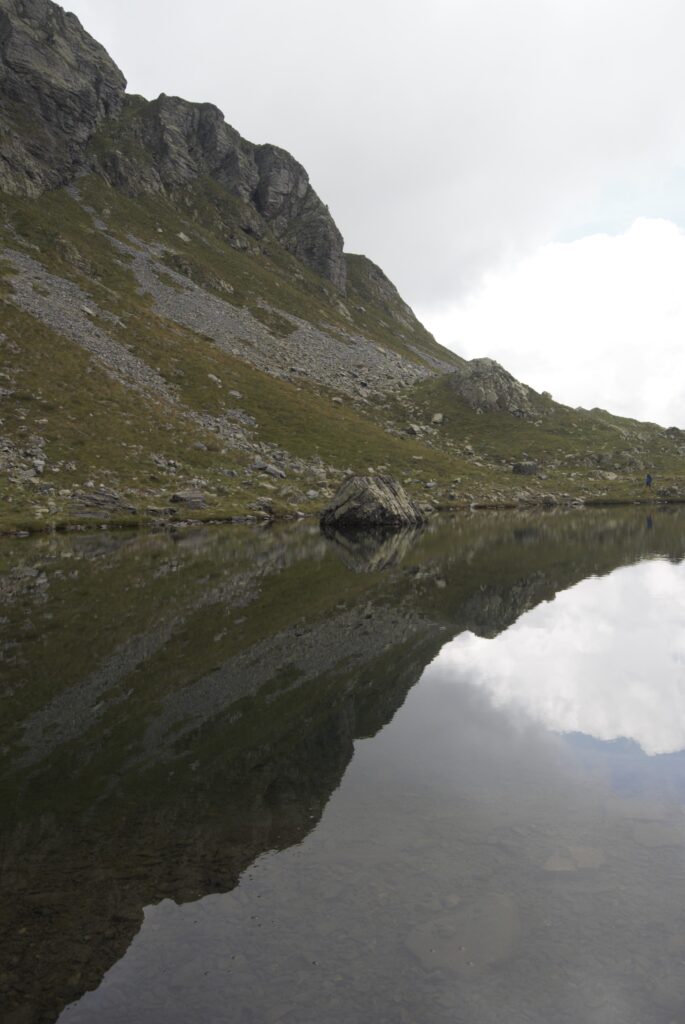Why is a guide to Jpeg and Raw image formats important for a beginner photographer?
When you first pick up a camera, especially a DSLR, you have so much to think about that you certainly won't notice the format of the images you're shooting.
It is a mistake that all beginners make, myself included. That's why I decided to write this article which may seem trivial and obvious to many, but which I actually believe will be useful to all the young self-taught photographers out there.
Among all the digital photo formats, the ones that interest us - as already mentioned - are the raw formats and the jpeg formats. This is because they are the two basic settings that you will have to deal with when you pick up any camera, reflex or mirrorless that it is. Let's see them together to understand which image format is best for your needs.

Why talk about image formats?
Among all the digital photo formats, the ones that interest us - as already mentioned - are the raw formats and the jpeg formats. This is because they are the two basic settings that you will have to deal with when you pick up any camera, reflex or mirrorless that it is. Let's see them together to understand which image format is best for your needs.
As a beginner photographer is important to understand the differences between image formats and what each one of them can offer. Bear in mind that here I will focus on the most two popular formats, but there are many more.
This is a beginner guide and for this reason, I will not go into details.
What is Raw format?

Photo by amauriph
The Raw format is considered a must by anyone who wants to pursue photography. This is because a raw image format creates a file that contains much more details and colour information, making it perfect for post-production.
An image in Raw format is a "natural" image in the sense that the camera does not apply any colour correction as well as no other modification of any kind, as is the case when choosing a Jpeg image format.
What are the Jpegs?

Photo by amauriph
The JPEG format is the standard image format generally used. It is the image format of Instagram, as well as Facebook and other social networks. It is also the format generally used on the web, alongside others (PNG and SVG). In photography, however, taking pictures in Jpeg format can be a double-edged sword.
If you have a reflex camera (or even a mirrorless one) in the settings menu you will find an item indicating which image format to choose. Usually, you will find at least these options listed:
- Image format Raw
- Image format JPEG (Normal)
- Image format JPEG (Fine)
- Image format Raw + JPEG
Basically, you can choose which image format to shoot. From personal experience, I recommend that you start using the Raw format right away.
If you are a beginner and you are not completely sure about what you're doing, simply choose the Raw + JPEG format option, in order to have both options.
Bear in mind that this will led to a waste of memory and in the end, you will probably always choose the photos in the Raw format. You may be wondering: but is the JPEG (Fine) format, not enough?
This option is more of a compromise between Raw and standard Jpeg. Is true that it guarantees much more details and digital information compared to a normal Jpeg. But it also maintains the identical post-production limitations of the normal JPEG. So, bigger file, with poor details.
What is better? Jpeg or Raw?
Beyond personal preferences, even if you are not interested in post-production, I want to make you understand why it is better to choose a Raw image format regardless of your photographic level.
Let's take social media as an example: when you decide to post an image made with a digital camera, assuming you've never tried using a photo editor like Lightroom or Photoshop, but you want to make changes to the picture. You will probably want to apply some filters or use photo editing applications like Snapseed or Replicate, if not Instagram itself to try to better your photo.
If you have chosen the Raw image format you will have access to advanced settings (at least on Snapseed) to modify your photo. In addition, all the changes you make will be more natural and you will have fewer problems of "compatibility" between the various retouching functions that will avoid graininess, unwanted color accents, and much more.

The raw photo I took without any changes

The same photo after some editing with Adobe Lightroom
If I hadn't shot in Raw format I would never have been able to recover all the details of the reflection. So, even if a Raw image turns out to be coarser than a Jpeg image - which at first glance can be visually better - we can say that, in the end, the Raw image is the format with more quality.
Extra tips for beginner photographers

- When you shoot in Raw format you may notice some dull or not very vivid colors but this is completely normal. You can easily find the colors in post-production without losing the image details. So don't panic!
- The JPEG format is suitable for those who want to learn to photograph and who have no interest in post-production, but just want to take souvenir photos.
- Of all digital image formats, Raw format files are the largest (due to all the extra information they contain) so it is recommended to have an SD card memory of at least 16Gb or 32Gb (the one I use).



